Biology Reference
In-Depth Information
10 International
Olympic
Committee
Olympic
Movement.
Anti-doping
code.
http://multimedia.olympic.org/pdf/en_report_21.pdf.
International Olympic Committee,
Lausanne, Switzerland. Accessed 4-16-2003
11Higdon H (1985) Blood-doping among endurance athlete.
Am Med News
27: 39-41
12 Cramer RB (1985) Olympic cheating: The inside story of illicit doping and the U.S. cycling team.
Roll Stone
14: 25-30
13 Klein HG (1985) Blood transfusion and athletics. Games people play.
N Engl J Med
312: 854-856
14 Gatlin LD (1988) Seeking an edge, cheating US skier places Nordic world on edge.
Christian
Science Monitor
22: 18
15 Adamson JW, Vapnek D (1991) Recombinant erythropoietin to improve athletic performance.
N
Engl J Med
324: 698-699
16 Fisher LM (1991) Stamina-building drug linked to athletes' deaths.
NY Times
19: 22
17 Swift EM (1999) Drug pedaling.
Sports Illustrated
7-5: 60-65
18 Anonymous (1998) A sport in shame.
Sports Illustrated
7-27: 28-33
19 Jarvis CA (1999) Tour de Farce.
Br J Sport Med
33: 142-143
20 Scarpino V, Arrigo A, Benzi G, Garattini S, La Vecchia C, Bernardi LR, Silvestrini G, Tuccimei
G (1990) Evaluation of prevalence of “doping” among Italian athletes.
Lancet
336: 1048-1050
21 Anonymous (2002) Mohammad Mourit tests positive for EPO.
Chicago Tribune
7-19
22 Court of Arbitration for Sport AA (2002)
Roland Meier versus Swiss Cycling
. CAS 2001/A/345
Meier
versus
Swiss Cycling. Court of Arbitration for Sport, Lausanne, Switzerland, 1-23,1-27
23 Court of Arbitration for Sport AA (2002)
Union Cycliste Internationale (UCI) versus Bo
Hamburger
. CAS 2001/A/343 UCI
versus
Hamburger. Court of Arbitration for Sport, Lausanne,
Switzerland, 1-22, 1-28
24Gledhill N (1982) Blood doping and related issues: A brief review.
Med Sci Sports Exerc
14:
183-189
25 Buick FJ, Gledhill N, Froese AB, Spriet L, Meyers EC (1980) Effect of induced erythrocythemia
on aerobic work capacity.
J Appl Physiol
48: 636-642
26 Spriet LL, Gledhill N, Froese AB, Wilkes DL (1986) Effect of graded erythrocythemia on cardio-
vascular and metabolic responses to exercise.
J Appl Physiol
61: 1942-1948
27 Hill AV, Long CNH, Lupton H (1924) Muscular exercise, lactic acid and the supply and utiliza-
tion of oxygen. Parts VII-VIII.
Proc Royal Soc London
97: 155-176
28Kjellberg SR, Ruhde U, Sjostrand T (1950) The amount of hemoglobin (blood volume) in relation
to the pulse rate and heart volume during work.
Acta Physiol Scand
19: 152-169
29 Castle WB, Jandl JH (1966) Blood viscosity and blood volume: Opposing influences upon oxy-
gen transport in polycythemia.
Semin Hematol
3: 193-198
30 Neumayr G, Pfister R, Mitterbauer G, Gaenzer H, Joannidis M, Eibl G, Hoertnagl H (2002) Short-
term effects of prolonged strenuous endurance exercise on the level of haematocrit in amateur
cyclists.
Int J Sports Med
23: 58-161
31 Brun JF, Bouchahda C, Chaze D, Benhaddad AA, Micallef JP, Mercier J (2000) The paradox of
hematocrit in exercise physiology: Which is the “normal” range from an hemorheologist's view-
point?
Clin Hemorheol Microcirc
22: 287-303
32 Ernst E (1985) Changes in blood rheology produced by exercise.
JAMA
253: 2962-2963
33 Ernst E, Matrai A (1984) Hematocrit and plasma volume in runners.
Ann Intern Med
101: 571
34 Clement DB, Asmundson RC, Medhurst CW (1977) Hemoglobin values: Comparative survey of
the 1976 Canadian Olympic team.
Can Med Assoc J
117: 614-616
35 Williams MH, Wesseldine S, Somma T, Schuster R (1981) The effect of induced erythrocythemia
upon 5-mile treadmill run time.
Med Sci Sports Exerc
13: 169-175
36 Sawka MN, Young AJ, Muza SR, Gonzalez RR, Pandolf KB (1987) Erythrocyte reinfusion and
maximal aerobic power. An examination of modifying factors.
JAMA
257: 1496-1499
37 Brien AJ, Simon TL (1987) The effects of red blood cell infusion on 10-km race time.
JAMA
257:
2761-2765
38 Canadian Erythropoietin Study Group (1990) Association between recombinant human erythro-
poietin and quality of life and exercise capacity of patients receiving haemodialysis.
BMJ
300:
573-578
39 Parisotto R, Gore CJ, Emslie KR, Ashenden MJ, Brugnara C, Howe C, Martin DT, Trout GJ
(2000) A novel method utilising markers of altered erythropoiesis for the detection of recombinant
human erythropoietin abuse in athletes.
Haematologica
85: 564-572
40 Russell G, Gore CJ, Ashenden MJ, Parisotto R, Hahn AG (2002) Effects of prolonged low doses










